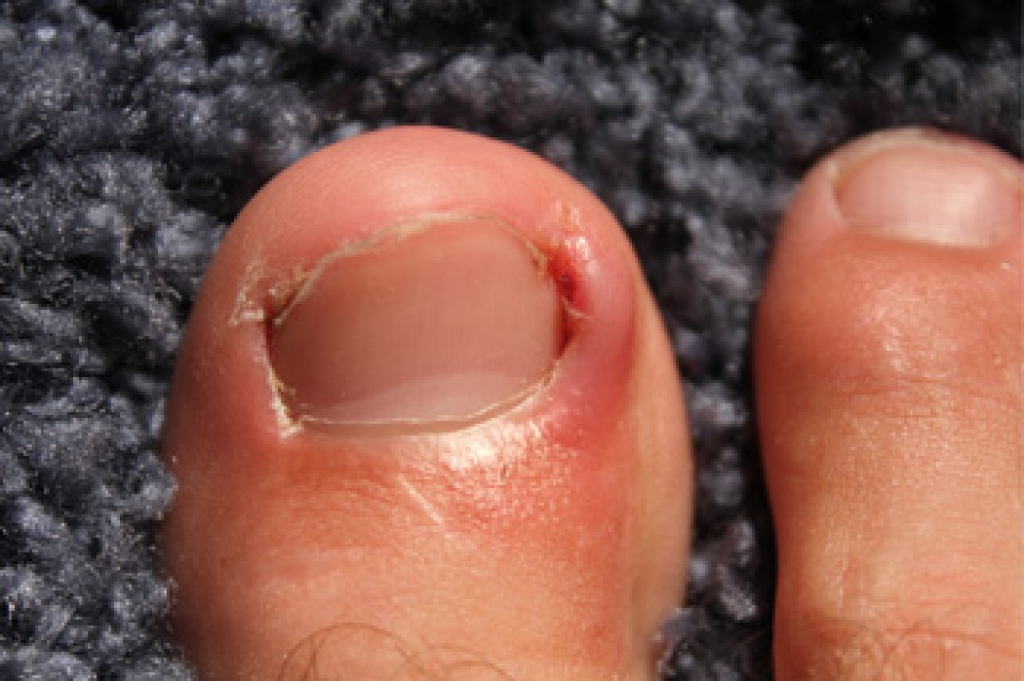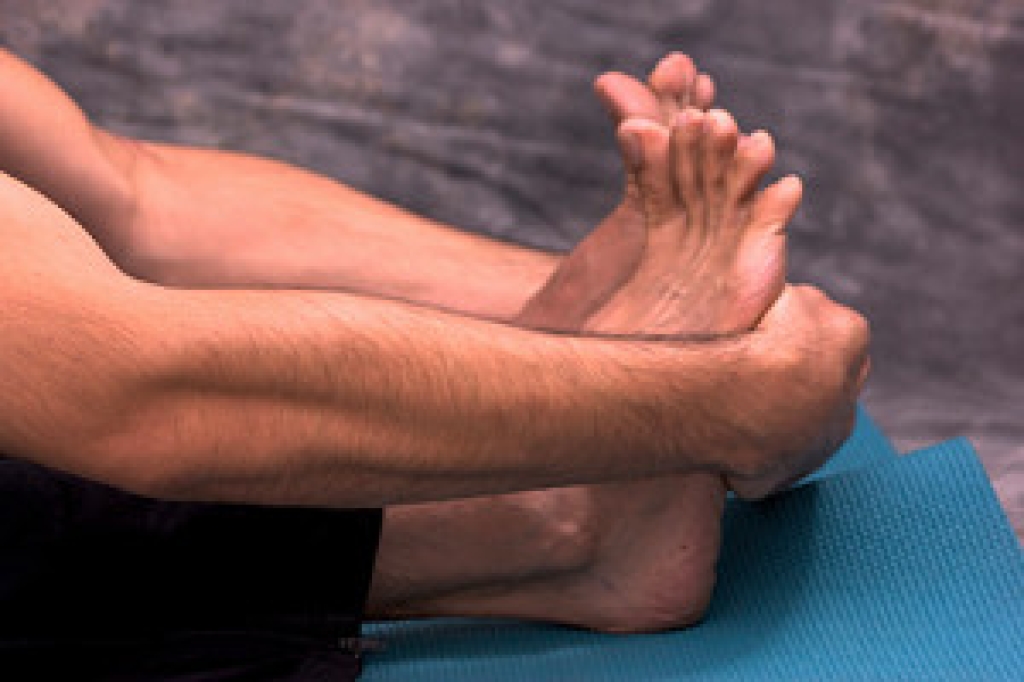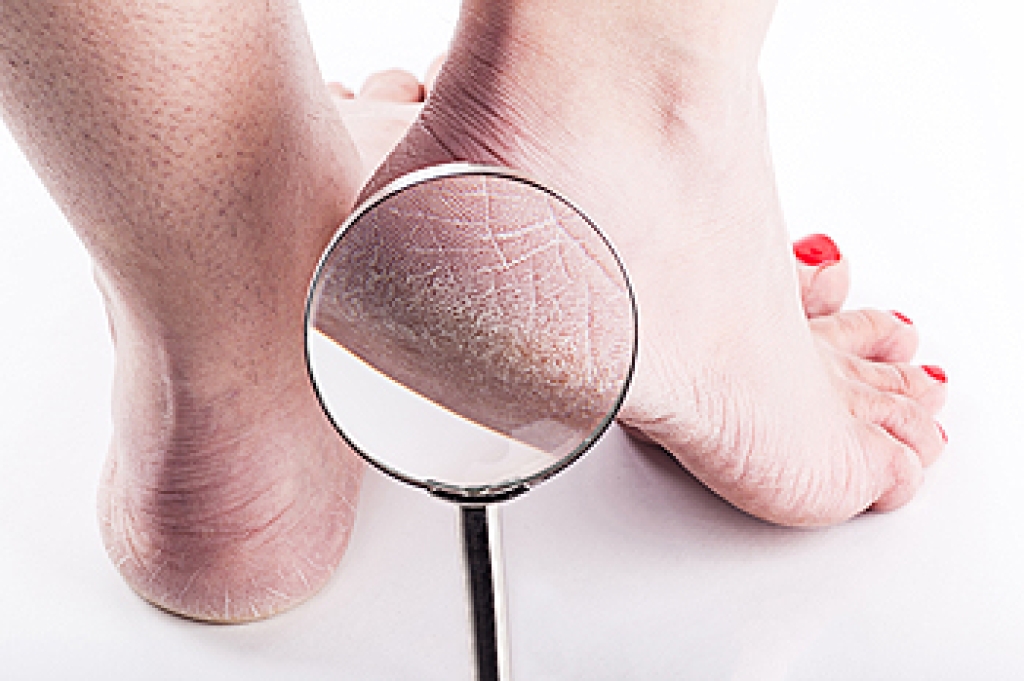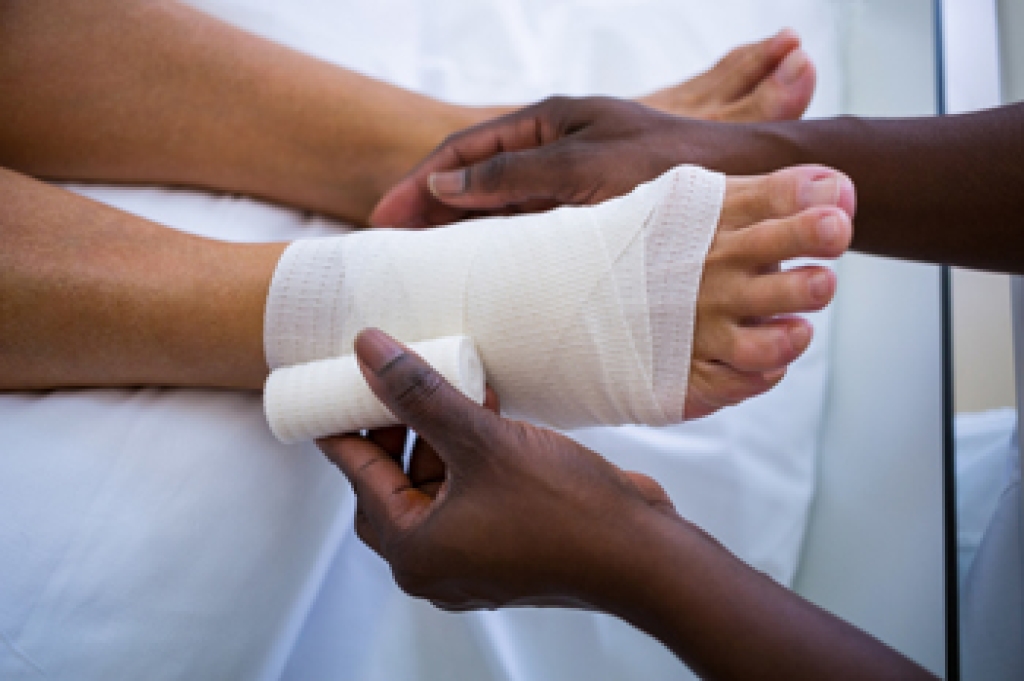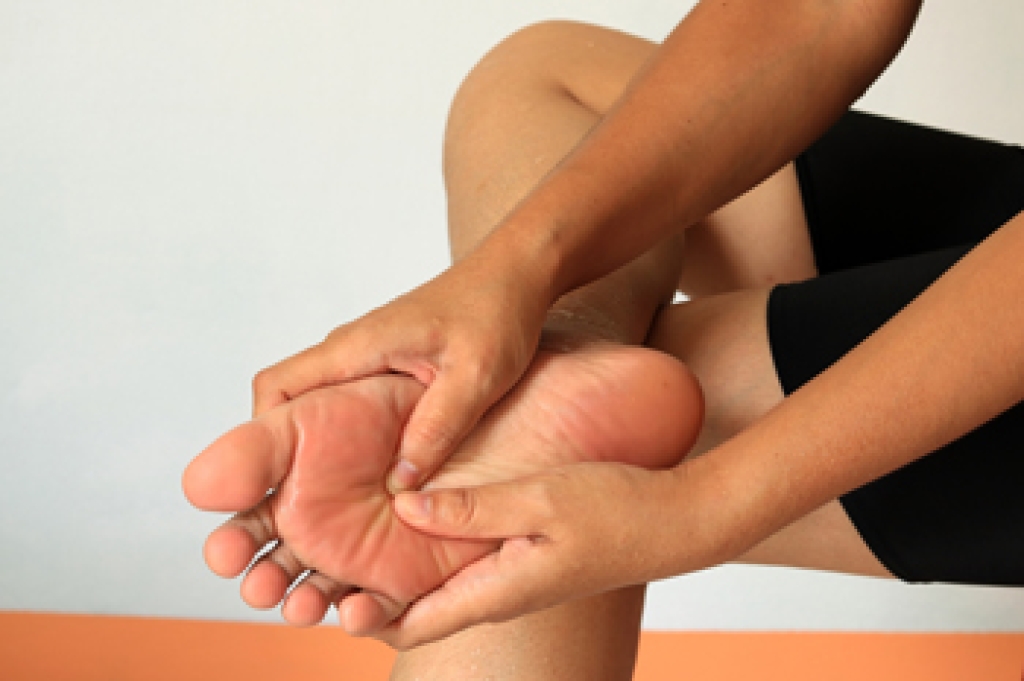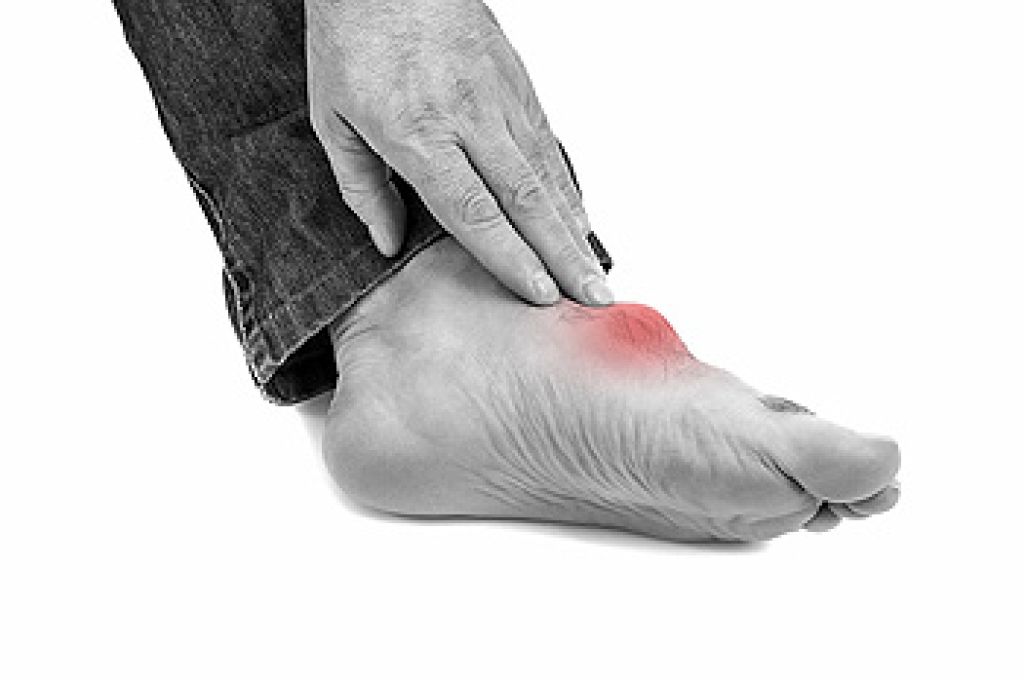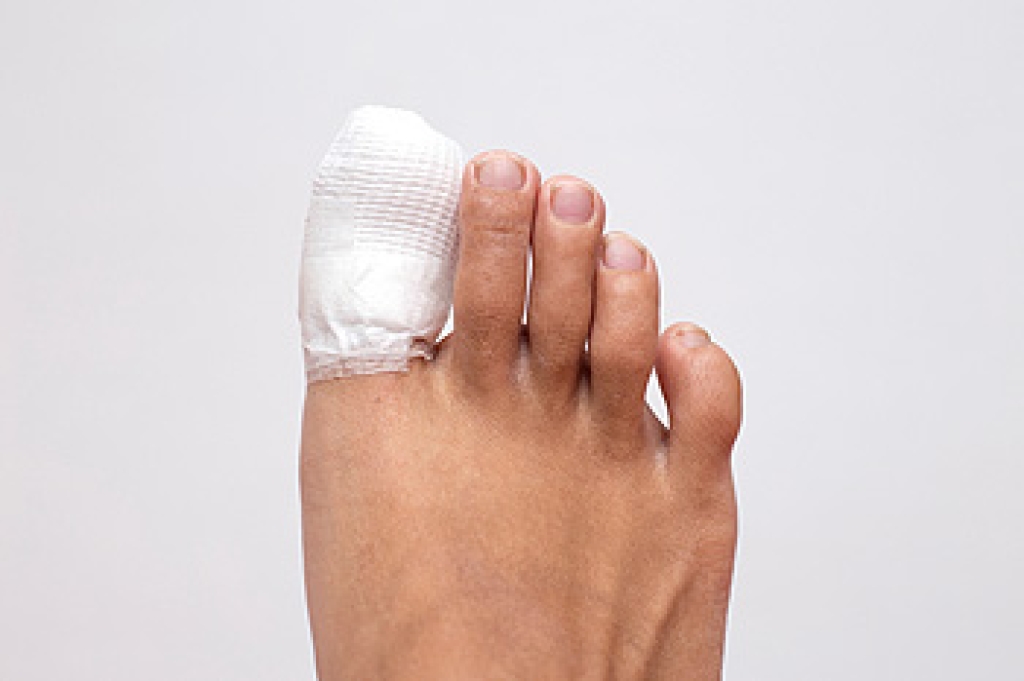 There are noticeable symptoms when a patient experiences an Achilles tendon injury. These often include severe pain and discomfort in the heel and calf areas, and it may appear red and swollen. It can be difficult to flex and point the toes, which generally makes it painful to walk. It may occur as a result of the aging process, or if medical conditions exist, such as flat feet. Mild relief may be found when specific stretches are frequently performed. A stretch that may positively affect the calf muscles can be performed while standing on a step and gently lowering one heel, and holding for several seconds, followed by repeating on the other leg. Additionally, it may be beneficial to wear custom-made orthotics, which can help to provide additional support. If you have injured your Achilles tendon, it is advised that you schedule a consultation with a podiatrist so the correct treatment can begin.
There are noticeable symptoms when a patient experiences an Achilles tendon injury. These often include severe pain and discomfort in the heel and calf areas, and it may appear red and swollen. It can be difficult to flex and point the toes, which generally makes it painful to walk. It may occur as a result of the aging process, or if medical conditions exist, such as flat feet. Mild relief may be found when specific stretches are frequently performed. A stretch that may positively affect the calf muscles can be performed while standing on a step and gently lowering one heel, and holding for several seconds, followed by repeating on the other leg. Additionally, it may be beneficial to wear custom-made orthotics, which can help to provide additional support. If you have injured your Achilles tendon, it is advised that you schedule a consultation with a podiatrist so the correct treatment can begin.
Achilles tendon injuries need immediate attention to avoid future complications. If you have any concerns, contact one of our podiatrists of APEX Foot & Ankle Center. Our doctors can provide the care you need to keep you pain-free and on your feet.
What Is the Achilles Tendon?
The Achilles tendon is a tendon that connects the lower leg muscles and calf to the heel of the foot. It is the strongest tendon in the human body and is essential for making movement possible. Because this tendon is such an integral part of the body, any injuries to it can create immense difficulties and should immediately be presented to a doctor.
What Are the Symptoms of an Achilles Tendon Injury?
There are various types of injuries that can affect the Achilles tendon. The two most common injuries are Achilles tendinitis and ruptures of the tendon.
Achilles Tendinitis Symptoms
- Inflammation
- Dull to severe pain
- Increased blood flow to the tendon
- Thickening of the tendon
Rupture Symptoms
- Extreme pain and swelling in the foot
- Total immobility
Treatment and Prevention
Achilles tendon injuries are diagnosed by a thorough physical evaluation, which can include an MRI. Treatment involves rest, physical therapy, and in some cases, surgery. However, various preventative measures can be taken to avoid these injuries, such as:
- Thorough stretching of the tendon before and after exercise
- Strengthening exercises like calf raises, squats, leg curls, leg extensions, leg raises, lunges, and leg presses
If you have any questions please feel free to contact our offices located in Fort Myers, Shellpoint, and Naples, FL . We offer the newest diagnostic tools and technology to treat your foot and ankle needs.
